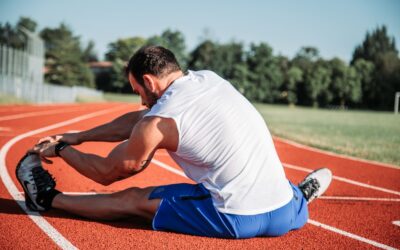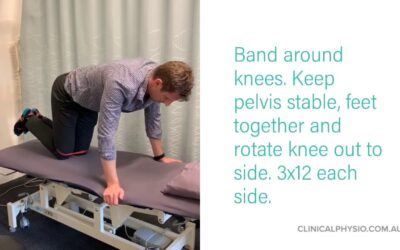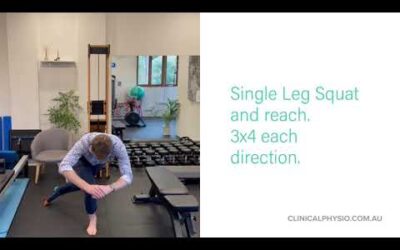With winter sport starting up again, it seems a perfect time to talk about concussion. Concussion seems to be the hot topic over the past few years: Sports commentators are talking about it far more than ever before and even Hollywood has shown the impact of concussion on people’s lives.
-
- What is Concussion?
- Signs and symptoms
- What do the latest guidelines say about assessment and treatment?
- When can a player return to sport?
- Post Concussion Syndrome and how physio plays an integral role in rehabilitation
What is concussion?
Concussion is a head injury caused by traumatic forces to the brain. This can happen either by a direct hit to the head or a ricochet effect from a big impact.
What does concussion look like?
There are obvious and subtle signs that someone has sustained a concussion……
Obvious
-
- Loss of consciousness
- Slow to get up
- Confusion/disorientation
- Blank look
- Balance, walking and coordination problems
- Memory Loss – you can ask them some simple questions like “What venue are we at today? What half is it?
Subtle
-
- Drowsiness
- Dizziness
- Light and noise sensitivity
- More emotional than normal
- Feeling foggy
- Headache
What do the latest 2021 guidelines say about concussion?
A player who has a suspected concussion must be removed from the game immediately and must not return under any circumstances. There are a few important initial things to do with a player suffering a suspected concussion:
-
- Neck pain or tenderness
- Double vision
- Weakness or tingling/burning in arms or legs
- Severe or increasing headache
- Seizure or convulsion
- Loss of consciousness
- Deteriorating conscious state
- Vomiting
- Increasingly restless, agitated or combative
2) Player must not be left alone for 1-2 hours
3) The player must avoid alcohol
4) The affected player must not drive home, a responsible adult must drive them home.
5) You can conduct a memory test.
Within 72 hours of the initial injury:
The player must be referred to an emergency department or see a medical professional who is experienced in concussion management.
Once the player has returned home, they need 24 hours of total rest from mental and physical activity. This includes minimal screen time, no school/work and no physical activity.
The total minimum time for complete and relative rest (until symptoms have stopped with no medication) is 7 days for 19 years and over &14 days for 18 years and under.
When can the player return to sport?
This time will vary from player to player however the minimum times are as follows:
-
- Under 18 years cannot return for at least 19 days after all symptoms have disappeared
- Over 18 years cannot return for at least 12 days after all symptoms have disappeared
Does headgear reduce the risk of concussion?
There is a strongly held idea that wearing headgear will reduce the risk of concussion. Significant research has been conducted in the area and unfortunately has not found that wearing headgear will reduce concussion risk. Does this mean you shouldn’t wear headgear…no! Headgear is particularly useful at reducing the risk of cut to the head, as well as the dreaded cauliflower ears.
How can physio help in concussion?
While most people will recover without problem from concussion, some players will develop post concussion syndrome (PCS) which can limit players from return to sport for extended periods of time. Physiotherapy plays a key role in PCS and can help players to return to sport up 4 times quicker as neck pain, stiffness, weakness and reduced joint position sense (JPE) all contribute to PCS and can be addressed with specific exercises and manual therapy.

B.H.Sc.Physio., Women’s Health, Cert.Spinal.Man.Tpy., APAM
She graduated from New Zealand’s Auckland University of Technology in 2012, with a Bachelor of Applied Health Science (Physiotherapy). She first gained experience in a private hospital and has since extended her interest into Musculoskeletal Physiotherapy, Women’s Health and Clinical Pilates.



